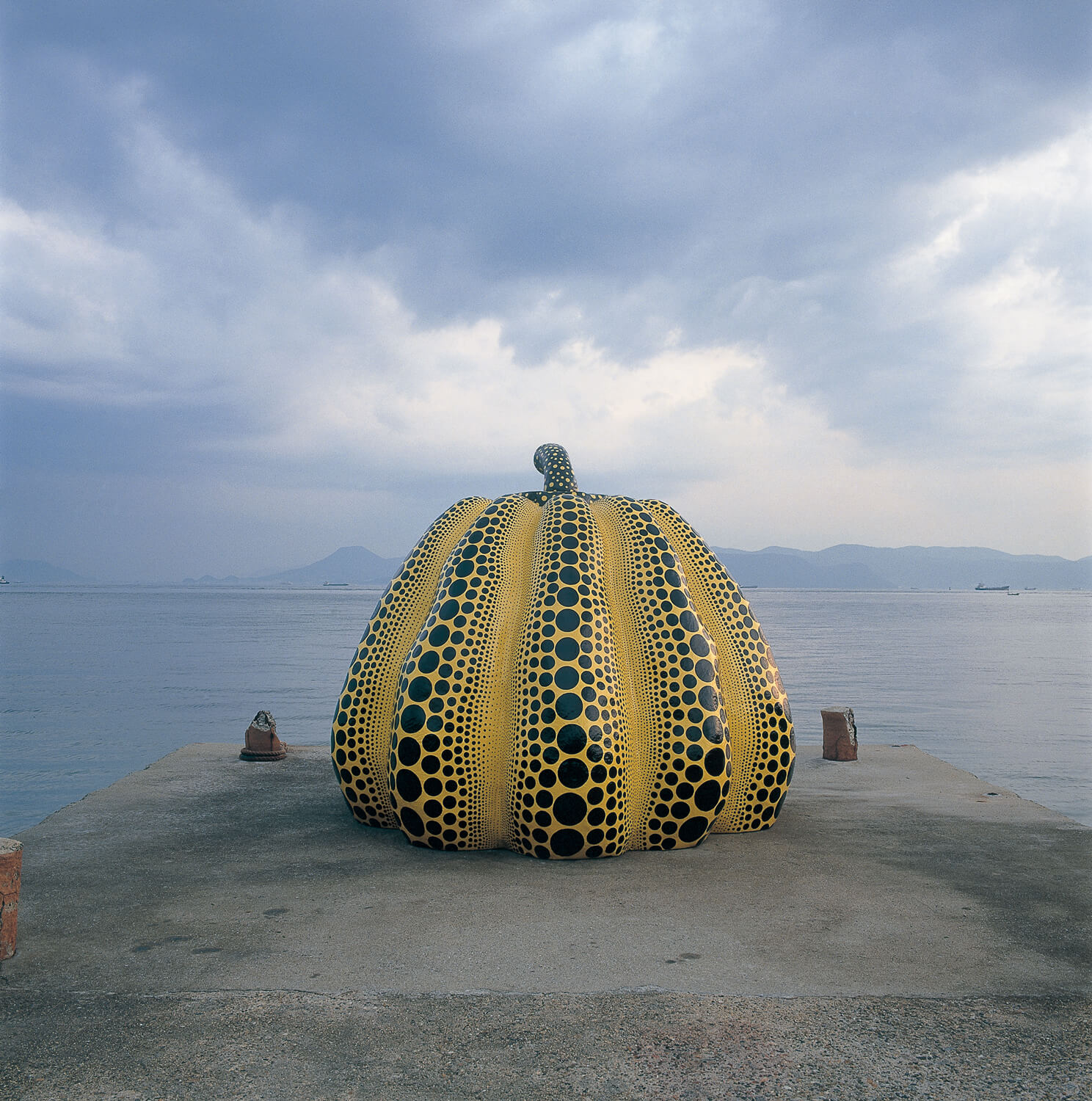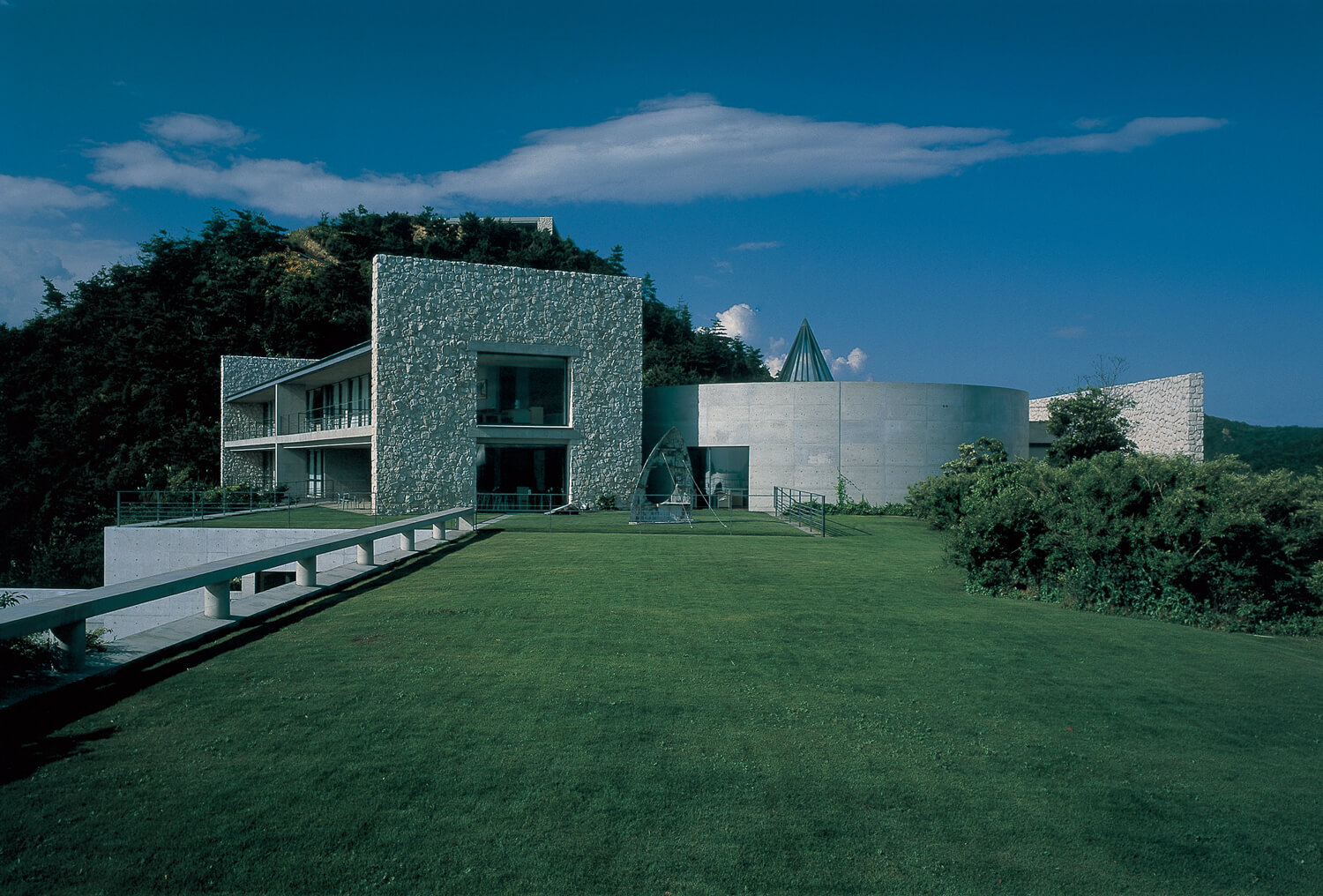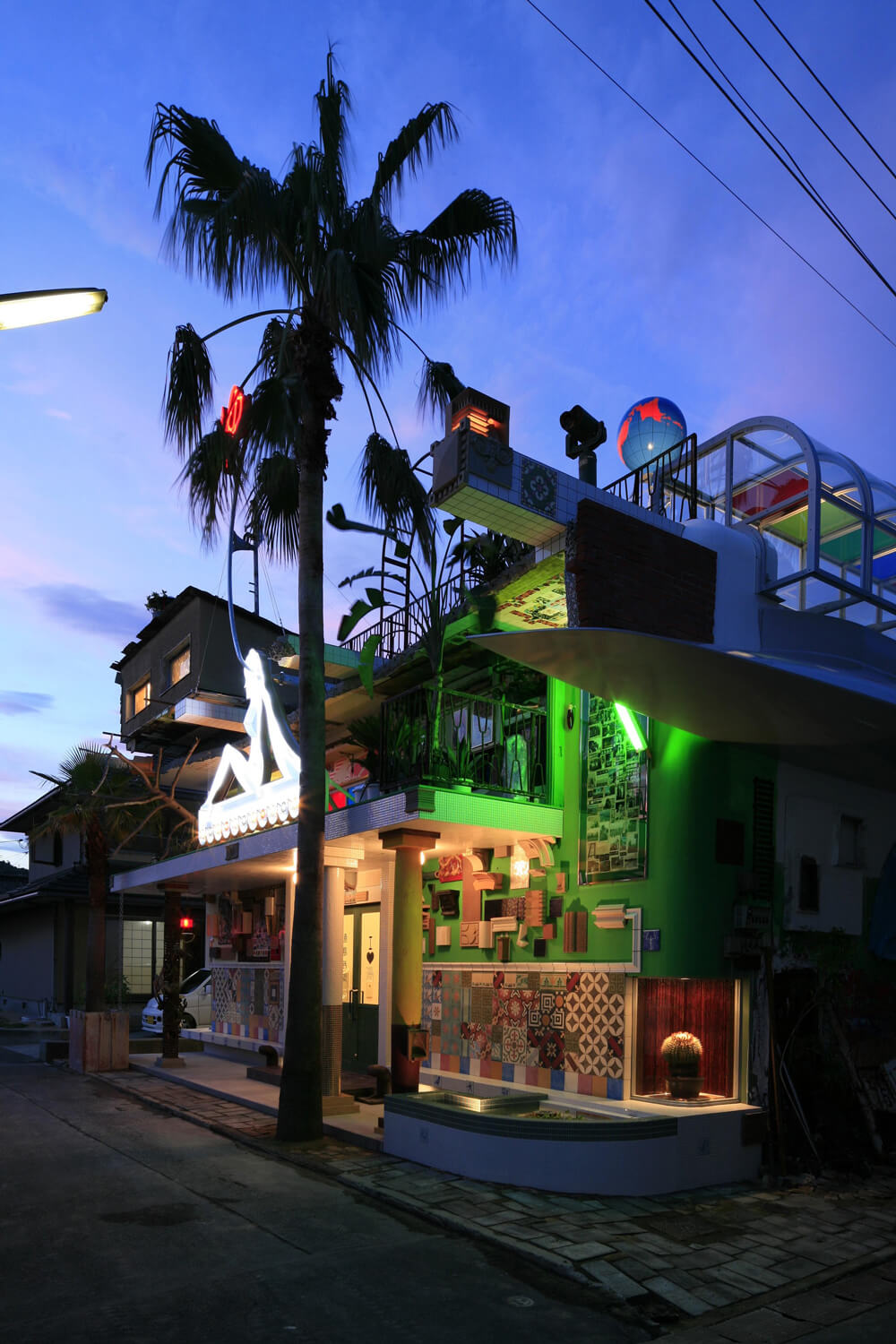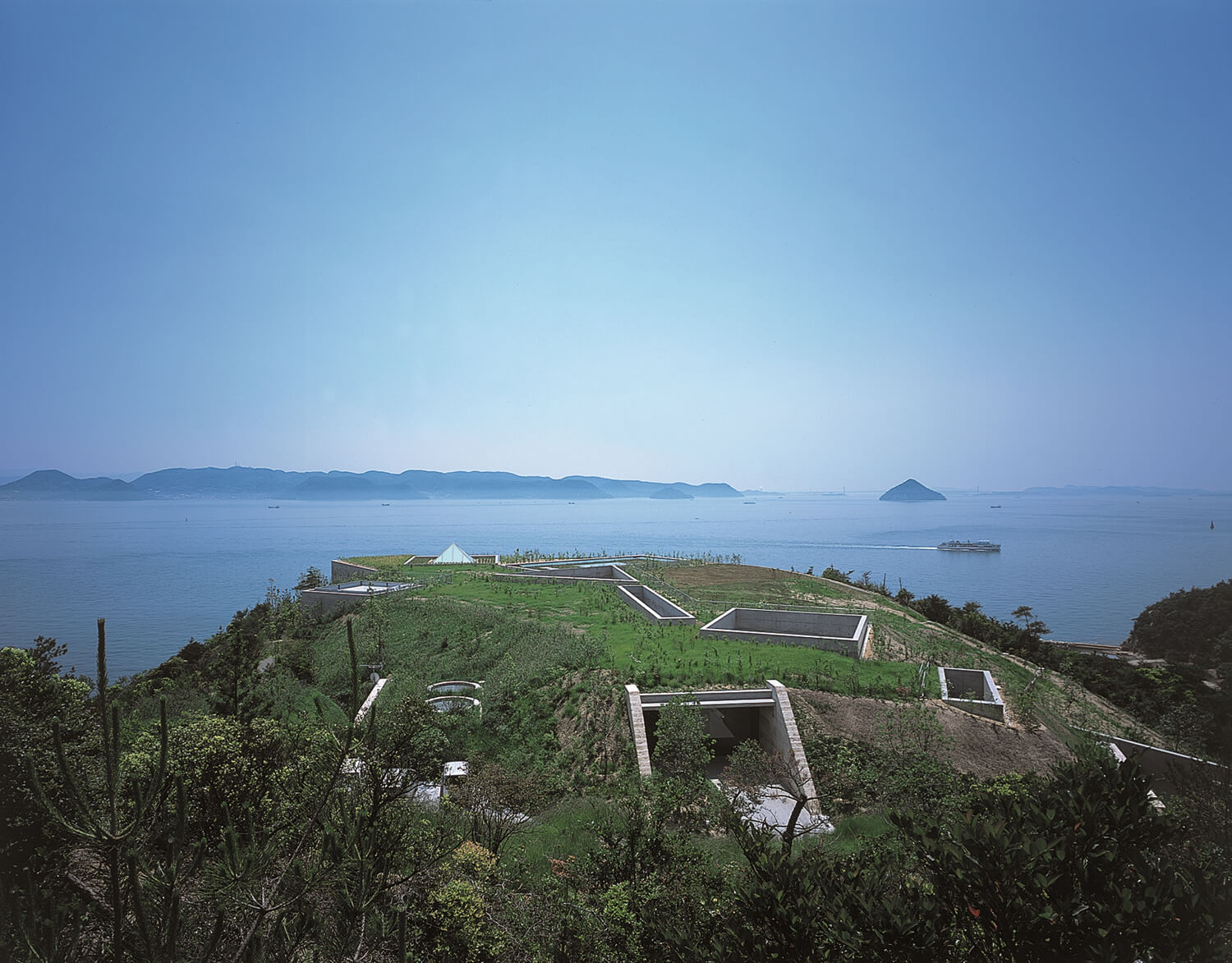Naoshima, the Island of Contemporary Art
On this site, artwork is found right along the road and the galleries themselves boast impressive architecture, designed by Tadao Ando.

Yayoi Kusama ‘Pumpkin’. Photo: Shigeo Anzai
The Benesse Art Site Naoshima comprises numerous museums, and other art-related projects spread over three islands in the Seto Inland Sea: Naoshima, Inujima and Teshima. Each island is home to a community with its own culture, history and identity.
In the late 1980s, Japanese entrepreneur Soichiro Fukutake, head of the Benesse corporation, initiated the project on Naoshima, pursuing his late father’s dream of creating a space for children there. The site eventually became an expansive art project now known as Benesse Art Site Naoshima, which also extends to the neighbouring islands Teshima and Inujima, with art and architecture taking prime position. With the help of architect Tadao Ando, the island has now become Japan’s artistic capital. Many of the pieces that have been exhibited here have since achieved iconic status, notably Yayoi Kusama‘s Pumpkin.
A concentration of galleries
Naoshima is also home to the Chichu Art Museum, an underground building lit entirely with natural light. In spaces designed for each piece, it houses three light installations by American artist James Turrell, work by Walter De Maria featuring one of his iconic spheres and his gilded wooden sculptures, and a series of Nymphéas by Claude Monet.
The island is also the site of Benesse House, a gem of modernist architecture and the only hotel found there, which is also a museum. With temples, traditional houses, vegetable patches and coastal paths, the island has managed to retain its original charm.
More information about Benesse Art Site Naoshima can be found on the institution’s website.

Benesse House. Photo: Tadasu Yamamoto

Shinro Ohtake Naoshima Bath ‘I♥湯’. Photo: Osamu Watanabe

Chichu Art Museum. Photo: FUJITSUKA Mitsumasa
TRENDING
-
The Tattoos that Marked the Criminals of the Edo Period
Traditional tattoos were strong signifiers; murderers had head tattoos, while theft might result in an arm tattoo.

-
Chiharu Shiota, Red Threads of the Soul
Last year, more than 660,000 people visited the retrospective 'Chiharu Shiota: The Soul Trembles' exhibit at the Mori Art Museum.

-
‘Before Doubting Others, Doubt Yourself. Who Can Truly Say a Dish Isn’t What It Used to Be?’
In ‘A Non-Conformist’s Guide to Surviving Society’, author Satoshi Ogawa shares his strategies for navigating everyday life.

-
The Story of Sada Yacco, the Geisha who Bewitched Europe
Described by Dazed magazine as the first beauty influencer, she has been restored to her former glory since 2019.

-
Ito Jakuchu's Naturalist Paintings
From 15 September until 14 October 2018, the Petit Palais showcased the artist's iconic ‘Images of the Colourful Realm of Living Beings’.





